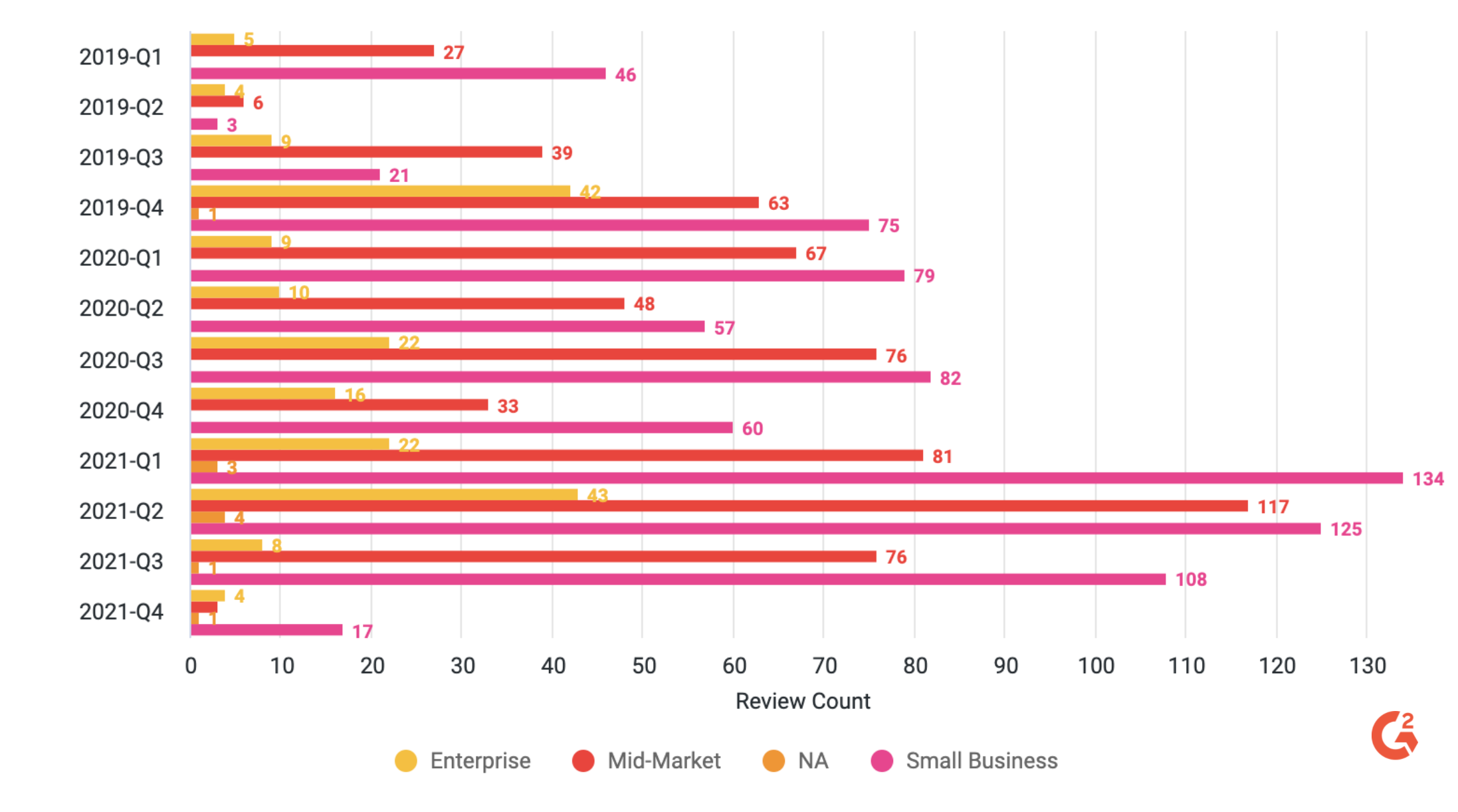Since March 2020, all industries have grappled with the emergence and effects of the COVID-19 pandemic. While there is a semblance of what “normal life” used to be, the adjustments have been sweeping and ever-fluctuating. Personally and professionally the world is learning what potential this new reality holds across all industries, but this learning has been specifically difficult for small businesses.
The encouragement to “go digital” has proved to be critical to success in this time. Limiting in-person contact and physical touchpoints due to the spread of the coronavirus was a catalyst to finding ways new ways to stay engaged. This change initially hit local and small businesses the hardest, those who thrive on foot traffic or community word of mouth (such as, restaurants, boutiques, dry cleaners, etc.). By beginning to include digital touchpoints, these small businesses are able to once again see sustainability and even growth. The industry aiding in this growth is digital signage, proving that the time for outside-the-box innovation is now.
Bright lights, big signage: 21st century messaging
But what exactly is digital signage? Simply put, digital signage is electronic signage. Most of us experience digital signage in some form or another almost every day. Think display menus at a restaurant, gate information at an airport, or interactive maps in malls or amusement parks. Technically speaking, this type of signage needs three essential components for success:
- software to support the digital infrastructure that enables the deployment, creation, and management of the creative
- The specific hardware, such as an LED or LCD screen or monitor—essentially anything tactile that supports the creative
- And most importantly, the content itself—this could be a menagerie of graphics, images, text, videos, etc., that together create unique combinations of stories and engaging experiences
What is Digital Signage Software?
Digital signage is content, such as videos, texts, graphics, and so on, that is displayed electronically. It often includes a remotely managed and easily adjustable setup that can be managed through specifically designed digital signage software. The purpose of digital signage software is to create a digital customer experience that is easily accessible.
When creating digital content for digital signage specifically, there are two routes: interactive and static. There are everyday public examples of static signage, ranging from news and traffic to city information, maps, and menu boards. But there are also more dynamic types that include self-service (retail or restaurant self-service), knowledge sharing, or gamification. These are all common usage scenarios that are becoming everyday sightings in our society.
Small businesses, big impact
While these digital adjustments may seem a natural progression for our modern era, they have become instrumental in getting our world “back to normal”—and it’s important that business messaging also evolves. Limited human contact and quick self-service have become an everyday occurrence since the onset of the COVID-19 pandemic. The brand touchpoints that would usually occur between the typical customer and employee, are now left to digital signage to ensure contactless interactions.
Small businesses, which already took a huge hit from the beginning of the pandemic, have needed to adapt as quickly as possible to keep up with larger competitors. But when combatting not only a labor shortage but most likely tighter budgets, they must ask themselves, “how can I keep my customer needs and safety top of mind?”
G2 data, from the last two years, has shown almost double the number of reviews for the small business segment in the Digital Signage category. These reviews come directly from real users in the small business segment. This presents that usership in this category is not only on the rise but that the small business segment is understanding the changes that will make a big difference for the success of their business.
 Digital signage companies that are currently leading the way in the small business segment reviews (like Spectrio and Optisigns) know that having features like remote content management, content scheduling, and multiuser access are gamechangers. Making this digital adjustment fluid and easy to integrate into daily business practices is what is inspiring an entirely new generation of touchpoint creation and generation.
Digital signage companies that are currently leading the way in the small business segment reviews (like Spectrio and Optisigns) know that having features like remote content management, content scheduling, and multiuser access are gamechangers. Making this digital adjustment fluid and easy to integrate into daily business practices is what is inspiring an entirely new generation of touchpoint creation and generation.
What we can expect in the future…
It’s clear that digital signage isn’t going anywhere but what does this mean for its future? With the creation of new features and use cases, there are two dominant trends that its consumers can expect: growth in touchless interactivity and simplicity.
By touchless standards, this includes the increasing popularity of QR codes and utilizing mobile phones to create a much more fluid customer experience, whether that be ordering, browsing, and the like. And that experience rests in the simplicity of the interface—from a content perspective (managing clear and concise messaging) or as a single hub to reach all the equipment. Regardless of the changes on the horizon, it’s clear that those changes will be shown on an LED screen.
Vous voulez en savoir plus sur Logiciel d'affichage numérique ? Découvrez les produits Signalisation numérique.

Victoria Blackwell
Victoria is a Research Principal at G2 concentrating on marketing and digital advertising software. Prior to G2, Victoria began her career on Capitol Hill. She transitioned out of politics with an extensive background in project management and operations. She later found her niche in creating stylized brand and marketing campaigns while working for startups and powerhouse apps based in Chicago and London. This varied experience has made her an exceptional practitioner in the marketing and advertising content realm, leading her to expand into the B2B sphere.
